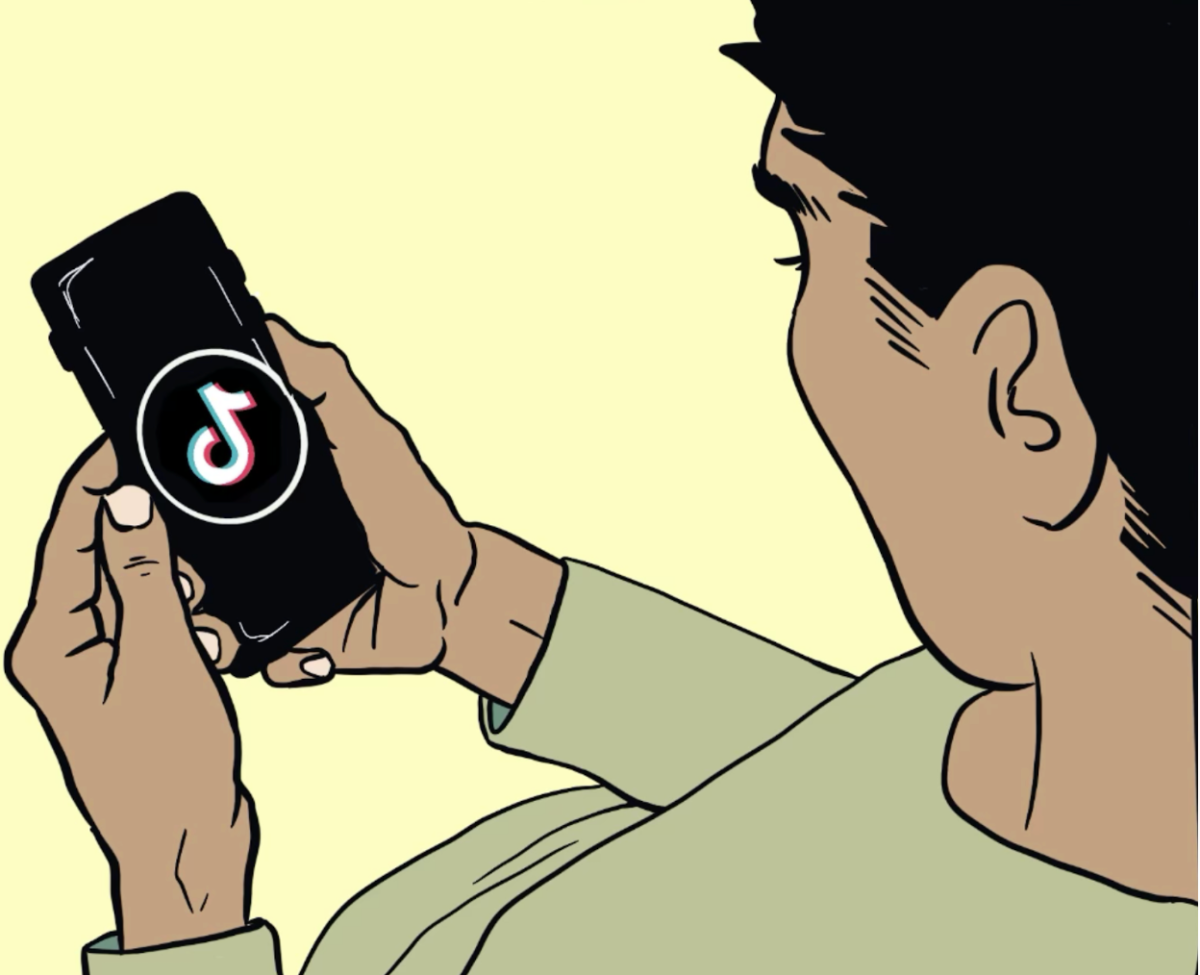Isabelle Pinard
Managing Editor
The other day I came home from school and saw a phone bill on the dinner table with my name on it. I rolled my eyes and picked it up, thinking “Oh great. My dad thinks I text too much,” but I found myself horrified at the numbers on the page.
I text at least 56 messages a day. That’s 20,440 texts a year.
This is a lot of texts — and I’m starting to worry about how reliant I’ve become on technological communication.
My sister asked me to play with her the other day, and I remember telling her to wait just a few more minutes while I was finishing up a text. Those few minutes became hours. I gave up face-to-face communication with my own sister to continue a message conversation.
This artificial connection is not enough to keep a relationship healthy, nor should be used as the main form of communication.
Studies show texting is the dominant daily mode of communication for teens, with the volume of texting rising from 50 texts a day in 2009 to 60 texts for the median teen text user in 2012, according to Pew Research Center.
This should be a warning to teens because even though we believe texting doesn’t take much of our time, it’s an addiction and it does. In fact, one in three teens sends more than 100 text messages a day, or 3,000 texts a month according to Pew.
This loss of in-person communication through messaging over the phone frightens me because face-to-face interaction, or even phone calls, are how I learned social behaviors. During phone calls I learned delight, excitement, sarcasm and other feelings which were important building blocks for my social development.
Miscommunication and emotional breakdowns always seem to accompany certain text conversations because words on a screen cannot convey the tone of the sender and can cause unnecessary emotional responses from the receiver.
I am a good example. I sometimes overreact when texting because I cannot tell what the person really means.
When I see a friend in person, gestures and facial movements can usually give me a hint to how he or she wants me to take their phrase — but black, Helvetica type on an illuminated screen doesn’t give me much to work with.
Most technology, like cell phones, offer “low friction” opportunities to create, enhance, and rediscover social ties which make a difference in people’s lives, according to Pew.
The need to text is an excuse not to talk or call someone. The purpose of texting is to have as little interaction as possible, to be efficient. Teens, like me, who text to a large extent, are sometimes more focused on the message portion and are missing the emotional and social value of interaction with other people.
I’m glad my father showed me my phone bill because I started thinking about all of the time I spent on texting when I could actually use that time with people. I’m finding myself truly appreciating the interactions I have with others.








